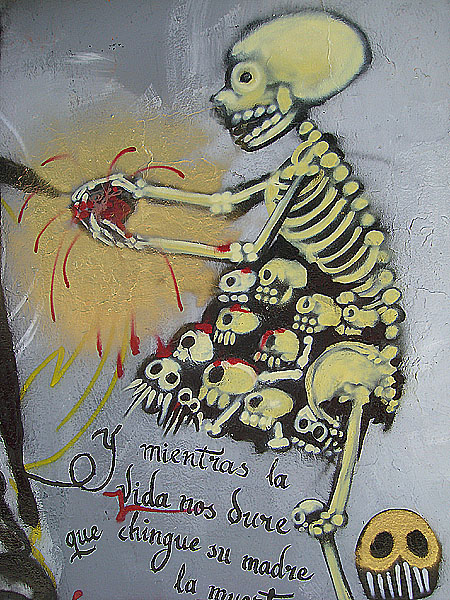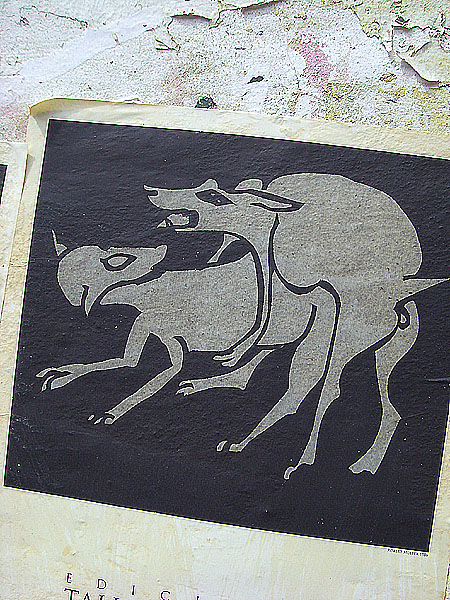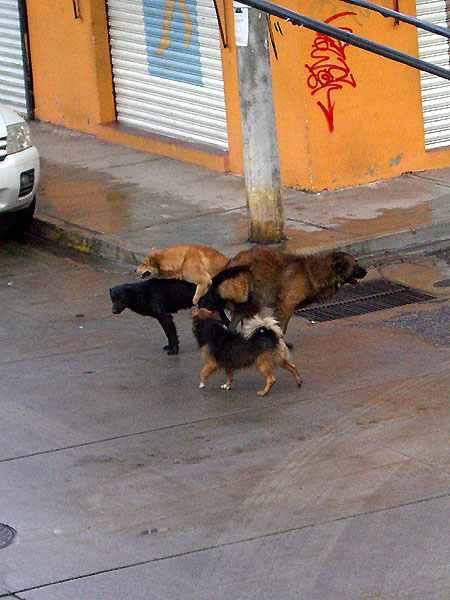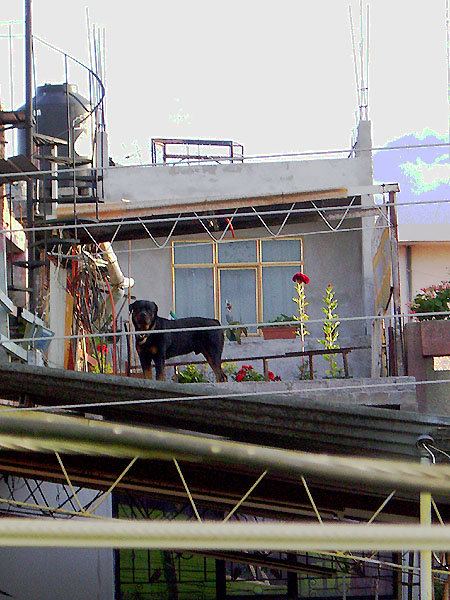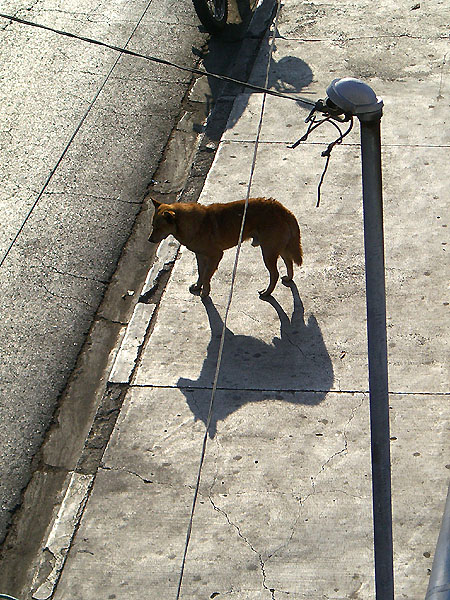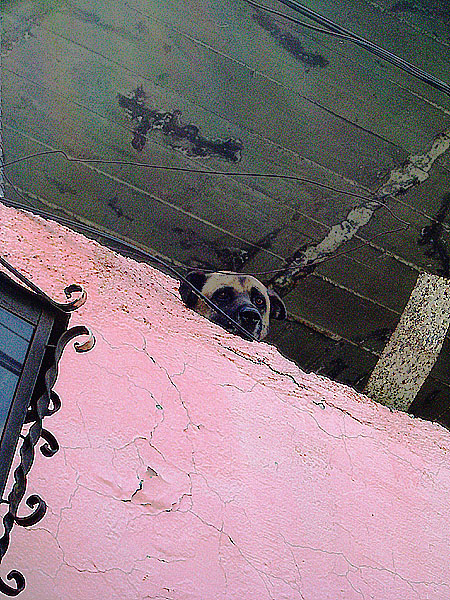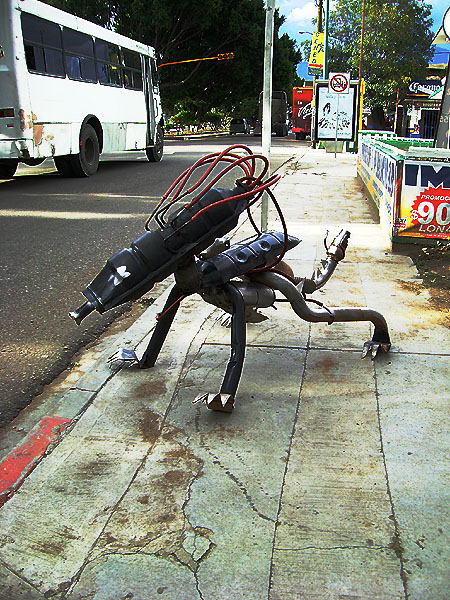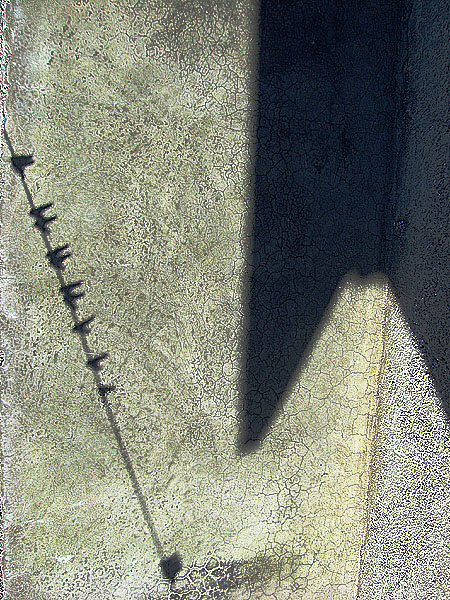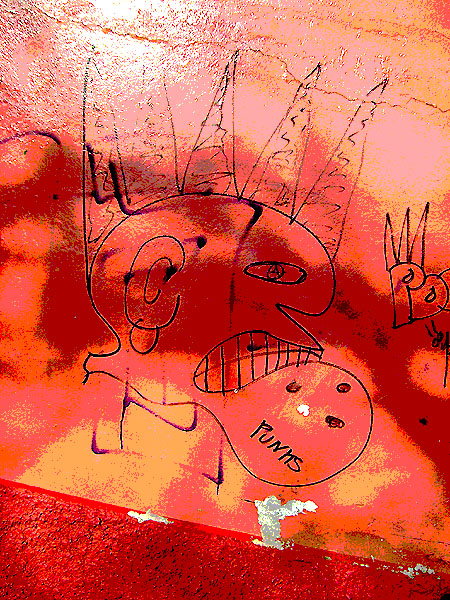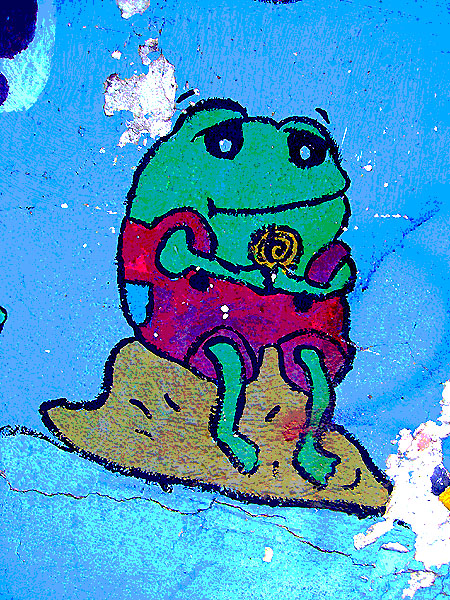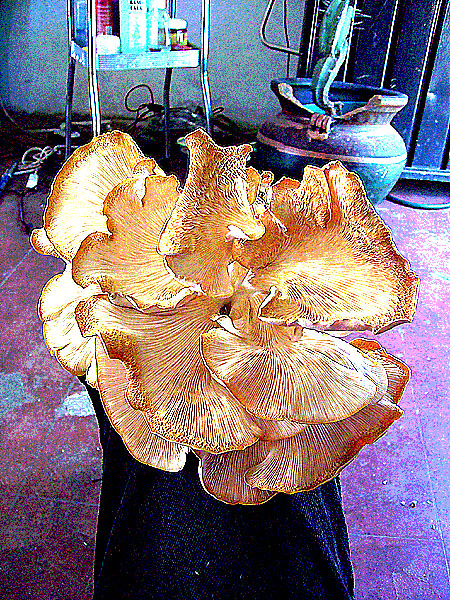 magic unmagic mushroom on my knee – foto by smith
magic unmagic mushroom on my knee – foto by smithOkay, class – there will be a test.
I like to look into the origins of things. For example, I’ve found three of the oldest, longest used items by folk are beer, marijuana, and concrete.
Marijuana goes back at least to 6,000 B.C. in China.
Beer history also goes back to 6,000 B.C.
The first concrete structures were built in 5,600 B.C.
Today I began wondering where wheat originated, how long it’s been around. So I researched edible grains. I lost 4 hours of my day and drowned my brain in way too much dry data. This is what I found from internet surfing.
The 12 main cereal grains eaten around the world are (in order of abundance top to bottom):
maize/corn
rice
wheat
barley
sorghum
millets
oats
rye
triticale
buckwheat
fonio
quinoa
Grain production ranges from 700 million tons of maize grown per year down to 59 thousand tons of quinoa.
Maize, wheat and rice are responsible for 87% of all grain production and 43% of all food calories world-wide. These grains are true grasses except for buckwheat and quinoa which are classified as pseudocereals.
Now, as to the WHERE and WHEN these grains originated, the answers are unsure, sparse and contradictory.
***Maize/Corn
The history of maize and its domestication trace back some 8,000 years. Archaeological studies indicate corn was cultivated in the Americas at least 5,600 years ago. Teosinte (Zea mexicana) has been linked with the earliest maize in Mesoamerica and was first harvested as early as 10,000 years ago.
***Rice
It is believed that rice cultivation began simultaneously in many countries over 6500 years ago. The first crops were observed in China (Hemu Du region) around 5000 B.C. as well as in Thailand around 4500 B.C.
***Wheat
It is believed wild relatives of wheat first grew in the Middle East. Wheat was one of the first plants to be cultivated. It was grown about 11,000 years ago. By 4,000 B.C. wheat farming had spread to Asia, Europe and North Africa.
***Barley
Remains of barley grains found at archaeological sites in the Fertile Crescent indicate that about 10,000 years ago the crop was domesticated there from its wild relative.
***Sorghum
The origin of sorghum is generally believed to be around the present day Ethiopia prior to 2000 BC. From Ethiopia sorghum was taken to West Africa across the Sudan from where it was first grown among the Mande people of the upper Niger. From Ethiopia, sorghum was taken to east Africa from where it was distributed among the Nilotic and Bantu people. Sorghum was taken from East Africa to India during the first millennium from where it was taken to China in the early Christian era.
***Millet
The oldest historical roots of millet are to be found in China 4500 BCE, where it was considered a sacred crop. One of the earliest recorded writings dates from 2800 BCE giving directions for the growing and storing of the grain.
***Oats
Probably the oldest known oat grains were found in Egypt among remains of the 12th Dynasty, which was about 2,000 B.C. These probably were weeds and not actually cultivated by the Egyptians. The oldest known cultivated oats were found in caves in Switzerland that are believed to belong to the Bronze Age.
Despite their widespread praise by nutritionists and bodybuilders alike, oats have a humble origin. They were the last of the major cereal grains to be domesticated, around 3,000 years ago in Europe, and apparently originated as weeds that grew within cultivated fields of various other crops.
***Rye
It is believed that rye originated in southwestern Asia about 6500 B.C. It migrated westward across the Balkan Peninsula into Europe.
Rye was found as a weed widely distributed in wheat and barley fields in southern Asia. It apparently had coevolved with wheat and barley for over 2,000 years until its value as a crop was recognized.
Rye is one of the most recently domesticated cereal crops. Unlike some other cereal grains that can be traced back to prehistoric times, rye was not cultivated until around 400 B.C.
***Triticale
Triticale is a hybrid between rye and wheat, made by using conventional plant breeding methods. The very first triticales were bred in 1876, and origins can be traced back to Scotland.
***Buckwheat
Buckwheat is an ancient food plant, having been cultivated in Asia as long as 8,000 years ago, and spreading generally throughout Europe and eastward to Japan by 4,000 B.C. During recorded history buckwheat has often been considered a staple, subsistence crop, grown preferentially in regions or periods in which wheat or rice harvests are poor.
Buckwheat is the world’s highest elevation domesticate,
***Fonio
Fonio is probably the oldest African cereal. Fonio is an important indigenous grain crop of West Africa, but the extent of genetic diversity in fonio, its origin and phylogeny are not well understood.
Fonio is both nutritious and one of the world’s fastest growing cereals, reaching maturity in as little as six to eight weeks. It is a crop that can be relied on in semi-arid areas with poor soils, where rains are brief and unreliable. The grains are used in porridge and couscous, for bread, and for beer.
***Quinoa
While no food can, by itself, furnish all the essential nutrients for living, quinoa comes as close to being complete.
Quinoa originated in the Andean region of South America, where it has been an important food for 6,000 years.
Since at least 3000 B.C., if not longer, the seed of the plant Chenopodium quinua has been a vital part of the Andean diet, used as a grain in baking, as well as being served in numerous dishes prepared by Aymara, Quechua and other indigenous peoples found throughout the Andean region. Yet, in spite of its nutritious value and hearty growth, in modern society quinoa has never enjoyed the mass appeal of grains such as rice or wheat.
 Monte Alban, Oaxaca, Mexico – foto by smith
Monte Alban, Oaxaca, Mexico – foto by smith |


